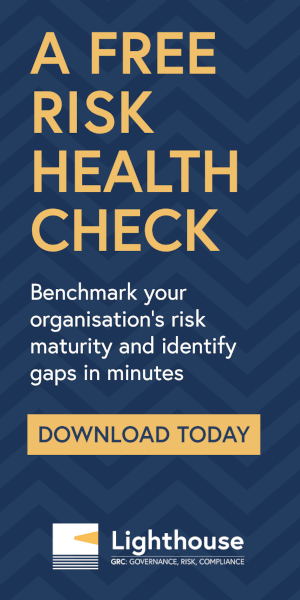Office for National Statistics
|
|
|
Over one third of people in the UK cannot meet unexpected expenses
There have been significant changes to what people can afford to spend during the recession, according to a new report by the Office for National Statistics.
The report, Poverty and Social Exclusion in the UK and EU, 2005-2011, says that, although overall levels of severe material deprivation in the UK have changed little in recent years the percentage of people in the UK who say they would be unable to meet an unexpected, but necessary financial expense has markedly increased since the start of the economic downturn, up from 26.6% in 2007 to 36.6% in 2011.
There have also been substantial increases in the percentage of people who are unable to afford other items. For example, 29.7% of people in 2011 said they were unable to afford an annual holiday, up from 21.4% in 2007.
In 2011, 22.7% of the UK population were considered to be at the risk of poverty or social exclusion, equivalent to 14.0 million people. This is lower than the European Union average of 24.2% which leaves the UK with the 13th highest rate in a league table where countries such as Bulgaria and Romania have the greatest risk of poverty or social exclusion and, at the other end of the scale, the Czech Republic, Netherlands and Sweden have the least risk.
People are considered at risk of poverty or social exclusion if they experience at least one of three conditions:
• Risk of poverty, meaning having a household income below the poverty threshold,
• Severe material deprivation, and
• Living in a household with low work intensity i.e. working less than 20% of their total potential during the year.
The UK’s at-risk-of-poverty rate was 16.2%, continuing the trend which has seen it fall from 18.7% in 2008. However, this fall can be at least partly explained by a reduction in the poverty threshold, caused by the median disposable income in the UK falling almost £200 in cash terms over this period to £14,873.
The report also shows that, in the UK, more than 1 in 9 (11.5%) people under the age of 60 lived in households with low work intensity in 2011. This is a fall from 13.1% the previous year, but the UK’s low work intensity rate remains one of the highest in the EU.
Background notes
- The figures in this article are based on European Union Statistics on Living Conditions (EU-SILC). EU-SILC is coordinated by Eurostat (the European Commission’s statistical agency) under EC regulation and provides cross sectional and longitudinal data on income, poverty and living conditions across Europe. In the UK, EU-SILC data are collected by the Office for National Statistics (ONS) using the General Lifestyle Survey (GLF).
- The At-risk-of-poverty or social exclusion rate is used by the European Commission to measure one of the key targets in their Europe 2020 strategy.
-
Someone is described as being at risk of poverty if their equivalised disposable income (after social transfers such as direct income support, child benefits, and non-contributory pensions) is below the poverty threshold. This threshold is 60 per cent of national median equivalised disposable income. This type of relative indicator does not measure absolute wealth or poverty, but low income in comparison to other residents in that country, which in itself does not necessarily imply a low standard of living.
-
The severe material deprivation rate measures the proportion of the population that cannot afford at least four of the following items:
• To pay their rent, mortgage, utility bills or loan repayments;
• To keep their home adequately warm;
• To face an unexpected financial expense;
• To eat meat or protein regularly;
• To go on holiday for a week once a year;
• A television set;
• A washing machine;
• A car;
• A telephone -
Contacts
Media contact:
Tel Jim Campbell 0845 6041858
Emergency on-call 07867 906553
E-mail media.relations@ons.gsi.gov.ukStatistical contact:
Tel Richard Tonkin 01633 456082
E-mail hie@ons.gsi.gov.ukWebsite:
www.ons.gov.uk -
Details of the policy governing the release of new data are available by visiting www.statisticsauthority.gov.uk/assessment/code-of-practice/index.html or from the Media Relations Office email: media.relations@ons.gsi.gov.uk


